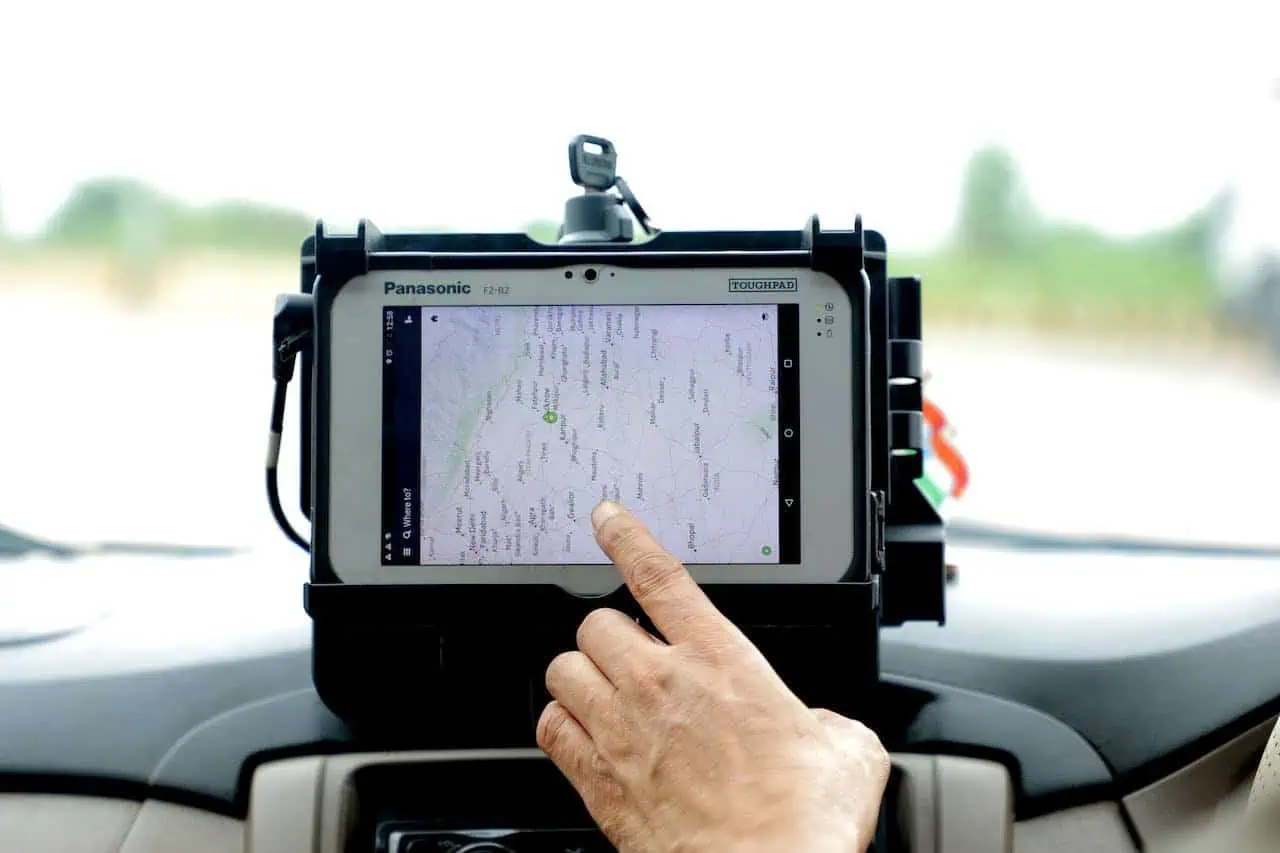In the dynamic landscape of the 21st century, the symbiotic relationship between technology and transportation has been instrumental in driving business growth and shaping our cities’ infrastructures. From streamlining logistics with GPS tracking to redefining commuting experiences with ride-hailing applications, technology has revolutionized the transportation sector in unprecedented ways. This article explores some intriguing facts and insights about how technological advancements have influenced and will continue to shape the future of transportation businesses.
1. Efficient Fleet Management with Dash Cams
Dash cams have emerged as an invaluable tool in fleet management, mainly because they enhance safety, accountability, and operational efficiency. They continuously record video footage of the road when the vehicle is in motion, providing a clear overview of driver behavior and road conditions. This data can be crucial in accident investigations, settling insurance disputes, and even training drivers to adhere to safer driving practices.
In addition, a fleet dash cam offers GPS tracking capabilities, enabling real-time monitoring of fleet movements, optimizing routes, and reducing fuel consumption. Therefore, by integrating dashcams into fleet operations, companies can significantly improve their operational efficiency and minimize potential risks.
2. Enhancing Safety on the Road
The rise of technology, mainly through Advanced Driver Assistance Systems (ADAS), has brought about significant advancements in road safety. These systems utilize sensors, cameras, and machine learning algorithms to anticipate potential hazards and promptly alert drivers, reducing the risk of accidents. Features like automatic braking, lane departure warnings, adaptive cruise control, and blind spot detection are just a few examples that greatly enhance road safety.
Furthermore, with the integration of these systems, drivers can better understand their surroundings and react more efficiently to unforeseen circumstances. As technology continues to evolve, we can expect even more sophisticated systems that will further prioritize safety and significantly reduce the number of road accidents.
3. Data-Driven Decision Making
Data analytics in the transportation sector has facilitated more informed and strategic decision-making processes. By analyzing and interpreting vast amounts of data from various sources, businesses can derive valuable insights about consumer behavior, operational efficiency, and market trends. These insights can, in turn, guide their strategic decisions, from optimizing routes and schedules for improved efficiency to identifying patterns in customer behavior for more targeted marketing initiatives.
Additionally, predictive analytics can help anticipate future trends or potential issues, allowing companies to address them and gain a competitive edge proactively. Data-driven decision-making, thus, serves as a critical tool for transportation businesses seeking to enhance their operational efficiency, profitability, and overall success in the increasingly competitive market.
4. Bridging the Gap Between Traditional and Modern Modes of Transport
The rise of ride-hailing services and electric vehicles has significantly disrupted the traditional transportation industry, often causing tension between new and established players. However, technology is also playing a crucial role in bridging this gap by introducing innovative solutions that blend both old and new modes of transport. For instance, car-sharing platforms allow individuals to rent out their vehicles, while bike-sharing apps make it easier for commuters to access hybrid options like bikes and electric scooters. These solutions not only provide more convenient and sustainable alternatives but also help create a more integrated and interconnected transportation network.
5. Facilitating Contactless Payments
Contactless payment technology has revolutionized financial transactions, especially in transportation. It offers seamless, quick, and secure payments, enhancing the customer experience. Passengers can conveniently tap their card, smartphone, or wearable device on a payment terminal, eliminating the need for cash or PIN. Ride-hailing services and public transit systems are increasingly adopting contactless payments, making commuting more efficient and time-saving.
Additionally, contactless payments enhance safety and hygiene, particularly in the current global context. By eliminating cash handling and physical touch, it reduces germ transmission risk, promoting safer commuting. As digitalization continues, expect widespread adoption of contactless payment systems in various sectors, enhancing user convenience and safety.
6. The Rise of Electric and Autonomous Vehicles
The growing concern for environmental sustainability and the constant push towards automation has seen a significant rise in the promotion and development of electric and autonomous vehicles. These technologies have the potential to revolutionize transportation by providing more sustainable, efficient, and safe transportation solutions. Electric vehicles reduce carbon emissions and operating costs, while autonomous cars eliminate human error and enhance road safety. With ongoing advancements in battery technology and machine learning algorithms, we can expect to see even more innovative solutions in the near future.
Technology integration has greatly impacted and will continue to shape the future of transportation businesses. From enhancing safety on the roads and improving operational efficiency to promoting sustainability and revolutionizing modes of transport, technological advancements have opened up endless possibilities for growth and innovation in this sector. As we continue to witness rapid developments in this space, the future of transportation will be exciting and dynamic. So, for businesses looking to thrive in this ever-evolving landscape, embracing technology is not just an option but a necessity for survival and success.

